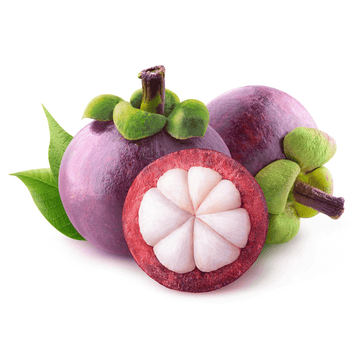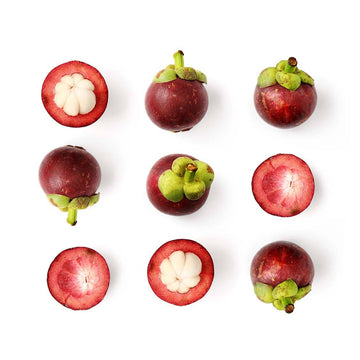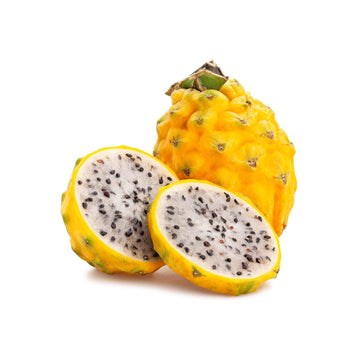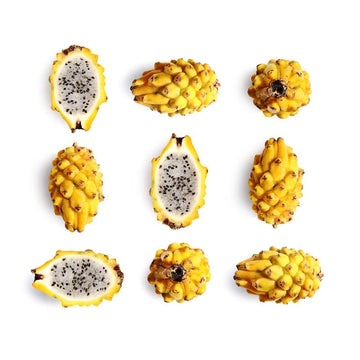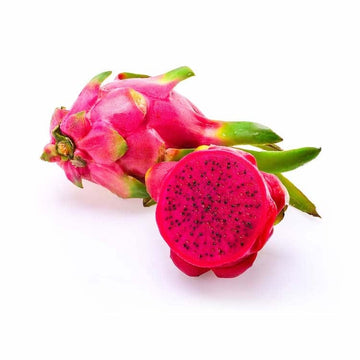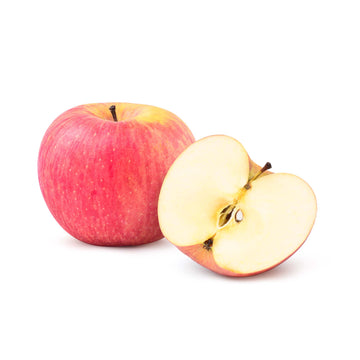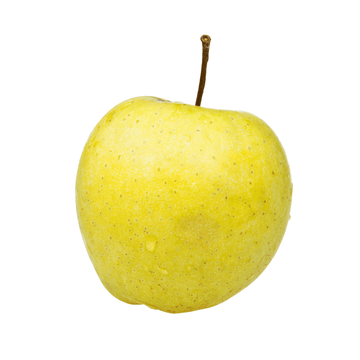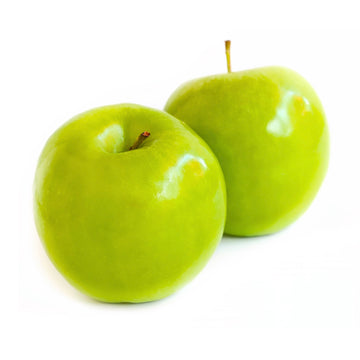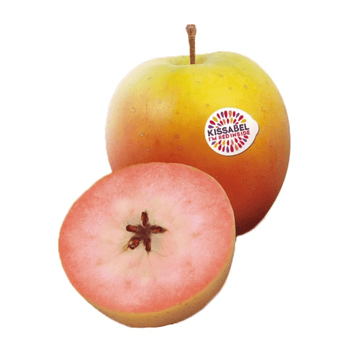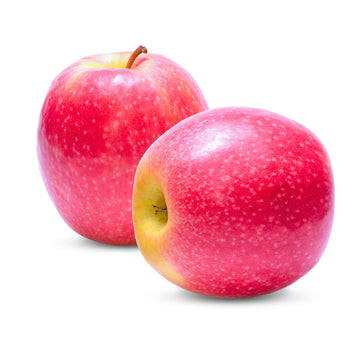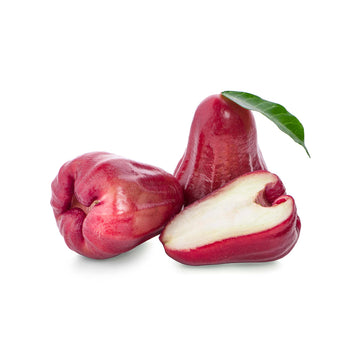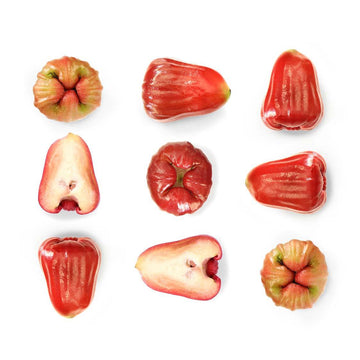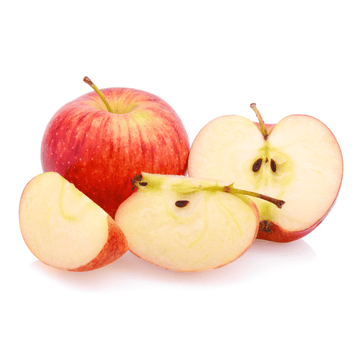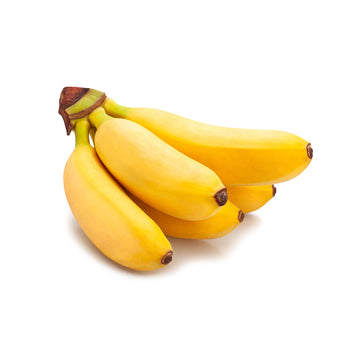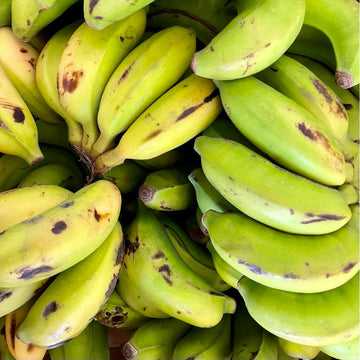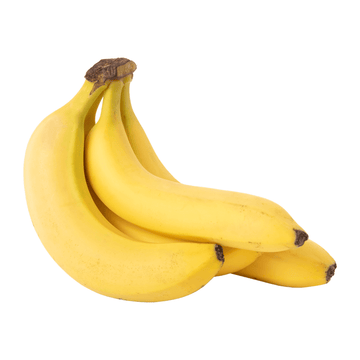20 Exotic Fruits From Mexico: Top Must-Try Fruits!
Mexico is a country renowned for its incredible food and colourful culture, which includes, of course, exotic fruits!
These 20 fruits, many of which first originated in Mexico, offer unique flavours and textures whilst packing valuable nutritional benefits. So, whether you’re looking to up your fruit game or discover tastier superfoods, Mexico’s native fruits are worth exploring.
Here are 20 incredible fruits from Mexico, most of which you can shop at exoticfruits.co.uk.
1. Avocado (Persea americana)
Origin: Avocado is perhaps the most famous fruit that originated from Mexico. Archaeological evidence suggests it has been cultivated here for over 7,000 years, particularly by the Aztecs, who called it “ahuacatl,” meaning testicle, due to its shape!
Flavour and Texture: Avocado has a creamy texture and a mild, buttery flavour. It’s the perfect base for guacamole, a classic Mexican dish, and can also be used in smoothies, salads, and desserts.
Interesting Facts: Avocados are actually known as a superfood! They are rich in healthy fats, particularly monounsaturated fat, which supports heart health. They’re also packed with vitamins K, E, and B6.
2. Guava (Psidium guajava)
Origin: Guava is native to southern Mexico and Central America, and has been a staple here for centuries.
Flavour and Texture: Guava’s flavour is very floral and fresh. It has a good mix of sweet and tangy notes. The texture is firm and slightly gritty due to its edible seeds. It can be eaten whole, including the skin.
Interesting Facts: Guava is one of the healthiest fruits in the world, with four times more vitamin C than an orange! It’s also rich in dietary fibre, making it great for digestion.
3. Prickly Pear (Opuntia)
Origin: Known as "nopal" in Spanish, the prickly pear grows on the pads of the Opuntia cactus, which is native to Mexico. It has been used in Mexican cuisine and medicine for thousands of years.
Flavour and Texture: This fruit has a mildly sweet flavour similar to watermelon, with a slightly crunchy texture from its seeds. The skin is covered in sharp spines, so must be carefully removed before eating.
Interesting Facts: Prickly pear is very high in antioxidants and is thought to help regulate blood sugar levels. It’s also used to make traditional Mexican drinks like "aguas frescas."
4. Tejocote (Crataegus mexicana)
Origin: Native to Mexico, tejocote has a long history of use in traditional medicine and cuisine. It’s a key ingredient in "ponche," which is a warm fruit punch served during the holidays.
Flavour and Texture: Tejocote has a tart, slightly sweet flavour and a firm, apple-like texture. It’s often cooked to soften its flesh and enhance its flavour.
Interesting Facts: Tejcote is high in pectin, making it ideal for jams and jellies.
5. Mexican Lime (Citrus aurantiifolia)
Origin: While limes are believed to have been brought to Mexico by Spanish explorers, the "Mexican lime" has become a defining fruit of the country.
Flavour and Texture: Mexican limes are smaller, more acidic, and more aromatic than other lime varieties. Their juice is tart and refreshing.
Interesting Facts: Limes are a staple flavour enhancer in Mexican cuisine.
6. Dragon Fruit / Pitaya (Hylocereus)
Origin: The pitaya variety of dragon fruit is native to Mexico and Central America. It grows on a cactus plant.
Flavour and Texture: Pitaya has a mildly sweet flavour with a hint of tartness, and its texture is similar to kiwi due to its tiny, edible seeds.
Interesting Facts: Pitaya is rich in antioxidants, fibre, and vitamin C.
7. Tomatillo (Physalis philadelphica)
Origin: Tomatillos are native to Mexico and have been cultivated since the time of the Aztecs. They’re often used in Mexican salsas and sauces.
Flavour and Texture: Tomatillos have a tart, tangy flavour and a firm, slightly sticky texture. They’re typically used when green and unripe but can also be eaten when fully ripe and sweeter.
Interesting Facts: Tomatillos may look and sound similar to tomatoes, but their flavour is different. They’re often roasted to enhance their flavour.
8. Papaya (Carica papaya)
Origin: Papaya is native to southern Mexico and Central America. It has been cultivated for thousands of years and was highly valued by the Aztecs and Mayans.
Flavour and Texture: Papaya has a buttery texture and a sweet, tropical flavour. When ripe, its flesh is juicy and fragrant.
Interesting Facts: Papaya contains the enzyme papain, which is great for digestion. It can also improve skin texture and reduce signs of ageing, which is why papaya is sometimes used in skincare products.
9. Vanilla (Vanilla planifolia)
Origin: Vanilla orchids are native to the tropical regions of Mexico. The Totonac people of Veracruz were the first to cultivate vanilla. And yes, vanilla is a fruit!
Flavour and Texture: Vanilla pods are fragrant and contain tiny seeds with an intensely sweet and floral flavour.
Interesting Facts: Vanilla is the only edible fruit of the orchid family. It’s a labour-intensive crop, making it one of the most expensive spices in the world.
10. Chiltepin Pepper (Capsicum annuum var. glabriusculum)
Origin: Considered the wild ancestor of modern chili peppers, chiltepin is native to northern Mexico and the southwestern United States.
Flavour and Texture: Chiltepin peppers are small but pack a fiery punch with a smoky undertone.
Interesting Facts: Known as the “mother of all peppers,” chiltepin is often used in traditional Mexican salsas.
11. Black Sapote (Diospyros digyna)
Origin: Black sapote is native to Mexico and Central America, and is also known as the “chocolate pudding fruit”.
Flavor and Texture: When ripe, the black sapote’s dark brown flesh has a creamy texture and a flavour similar to chocolate mousse.
Interesting Facts: Black sapote is low in fat and high in vitamin C, making it a healthy alternative to desserts.
12. Capulín (Prunus serotina)
Origin: Also known as the wild cherry, capulín is native to Mexico and Central America.
Flavour and Texture: Capulín cherries are small and sweet with a hint of tartness. Their flesh is firm and juicy.
Interesting Facts: Capulín cherries are often used to make syrups, jams, and traditional Mexican desserts.
13. Guayabillo (Psidium sartorianum)
Origin: Guayabillo is a wild guava species native to the highlands of Mexico.
Flavour and Texture: It has a tangy, citrus-like flavour and a firm texture. The fruit is smaller than common guavas.
Interesting Facts: Guayabillo is rich in vitamin C and is often used to make juices and preserves.
14. Huitlacoche (Ustilago maydis)
Origin: Known as "corn smut," huitlacoche is a fungus that grows on corn and has been a delicacy in Mexico since Aztec times.
Flavour and Texture: Huitlacoche has a rich, earthy flavour with hints of truffle and corn. Its texture is soft and slightly chewy.
Interesting Facts: Huitlacoche is high in protein and amino acids, making it a nutritious addition to traditional dishes like quesadillas and tamales.
15. Nanche (Byrsonima crassifolia)
Origin: Nanche, also known as nance or yellow cherry, is native to Mexico and Central America.
Flavour and Texture: Nanche has a distinctive, slightly acidic flavour with a hint of sweetness. Its texture is soft and creamy, with a large pit in the center.
Interesting Facts: Nanche fruit is often fermented to make a traditional Mexican liqueur called "crema de nanche."
Incorporating Exotic Fruits into Your Diet
Conclusion
Mexico’s tropical climate has given rise to an incredible variety of exotic fruits. From the creamy avocado to the unique huitlacoche, each fruit tells a story of tradition, flavour, and culture.
If you’re looking to experiment with new ingredients or enjoy the unique tastes and health benefits of these fruits, check out exoticfruits.co.uk to order online in the UK.

